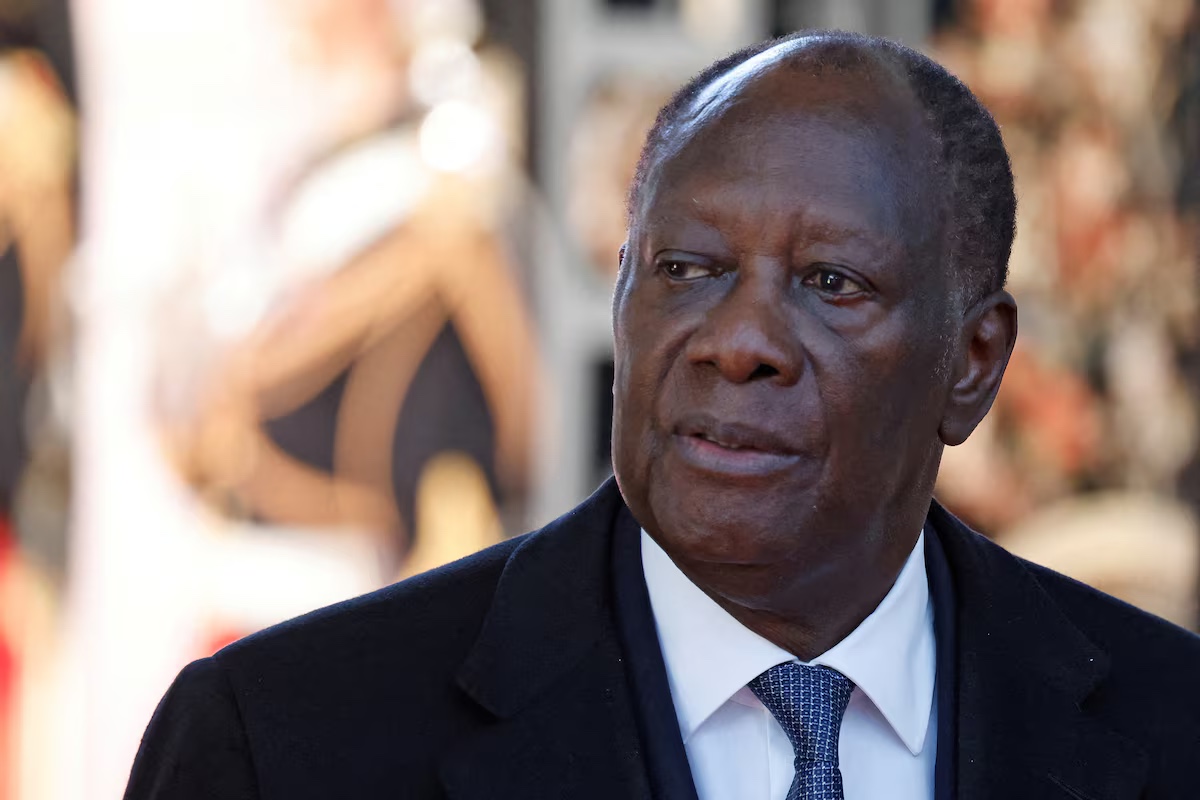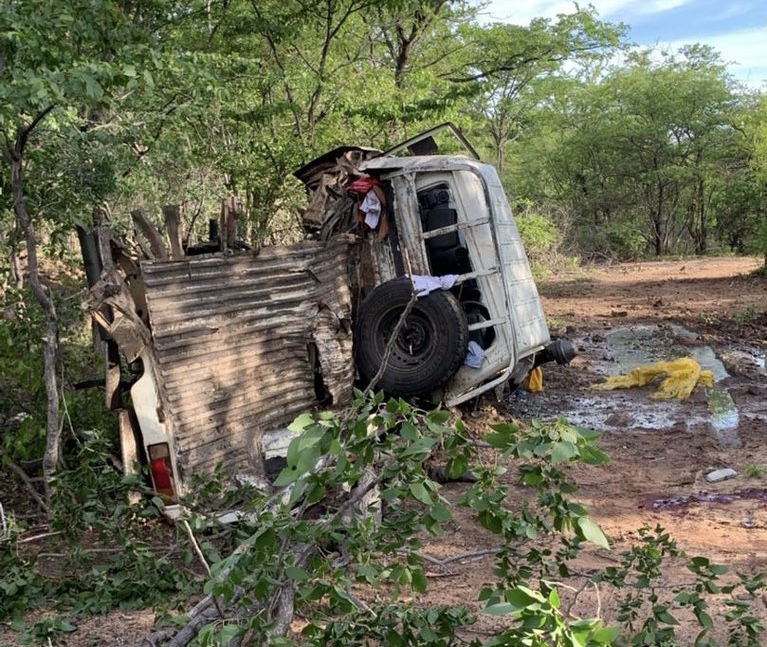HARARE – Zimbabwe Newspapers (1980) Ltd has been granted a television broadcasting licence by the Broadcasting Authority of Zimbabwe (BAZ).
This makes the media house the first and only fully-integrated media house in the country with a footprint in publishing and digital, radio broadcasting, printing and packaging and now television broadcasting.
The content distribution licence comes at a time when the Zimpapers Group had already set up Zimpapers Television Network (ZTN) as a production house.
Headed by journalist Nomsa Nkala, ZTN is already making a name on the market where it has been producing documentaries and corporate videos.
The Content Distribution Services Licence will not only give the Zimpapers Group a unique opportunity to offer high quality television programming, but a wider reach for its story-telling prowess, opening up more portals for content-creation and distribution.
Zimpapers Group Chief Executive Pikirayi Deketeke said the awarding of the licence, which will see the group tapping into the growing viewers market, fulfils Zimpapers’ long-held dream to be a fully-fledged media house and brings to culmination nearly a decade of investment beyond the traditional print business.
The group’s bouquet will target over 3 million households offering various content products at a low cost.
Deketeke chronicled the diversification journey undertaken by the business saying after over a century of sustained growth, it became clear in 2011 that Zimpapers needed to broaden its media footprint beyond print to include the new growth areas of digital media and broadcasting.
Even though Zimpapers was and still is the dominant media player, there was a real threat that the business could decline if it remained solely tethered on print publications.
Reading habits were changing and newspapers sales were taking a knock.
With increased access to smart gadgets and the Internet, many of the readers were turning to other platforms to access news.
“As a fast thinking business, we carried out surveys. We looked around at what regional competitors and global players in the same business were doing. Kenya, South Africa, the United Kingdom, the United States and Australia were some of the markets we looked at,” he said.
















